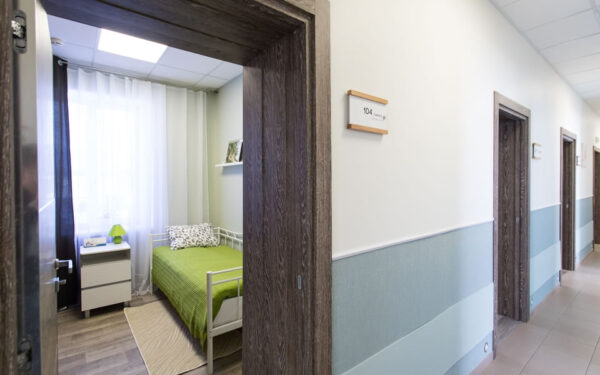Phase 4 and ARP Rural Funding to Healthcare Providers
In last month’s Trending in Healthcare edition, we announced the U.S. Department of Health and Human Services (HHS) plan to make additional funding available to healthcare providers that have been affected by the COVID-19 pandemic. This funding includes $17 billion of Phase 4 Provider Relief Fund (PRF) distributions to providers that document lost revenue and increased expenses due to the pandemic. Also included will be $8.5 billion of American Rescue Plan (ARP) funding to providers who serve Medicaid, Children’s Health Insurance Program (CHIP), or Medicare patients in rural areas. This article will provide additional information about the application process for this funding. All provider types who meet the requirements as posted on the HRSA.gov/provider-relief website are encouraged to apply.
The Health Resources and Services Administration (HRSA), which is an agency of HHS and the administrator of the provider relief programs, has provided application instructions and the application template, along with other resource materials. They have also begun hosting webinars that provide guidance on navigating the application portal.
Following are some key points on this latest round of funding.
- The application portal opened on September 29 and will remain open until October 26.
- There is a single application to apply for both the Phase 4 and ARP programs.
- Providers must submit their Tax Identification Number (TIN) for IRS validation within the portal. This validation can take up to 10 days, so it is critical that this step is completed as soon as possible. After the validation process is complete, providers will receive an email allowing them to begin the actual application.
- As with previous distributions, a provider must attest to the Terms and Conditions after the receipt of funding. (Phase 4 and ARP Rural funding each have their own Terms and Conditions.)
Phase 4 Distribution
- Approximately 75% of the $17 billion of funding will be allocated based on applicant’s reported changes in revenue and expenses during the period from July 1, 2020 to March 31, 2021. Smaller and medium-sized providers will receive a higher percentage of their changes in revenue and expenses during this period, as compared to larger providers. HRSA has not defined small, medium or large providers yet. These will be defined after the application portal closes.
- The remaining 25% of funding will be distributed based on a provider’s level of participation in Medicaid, CHIP and Medicare programs between January 1, 2019 and September 30, 2020.
- HRSA will be establishing ranges of expected provider revenue for the various provider types. Applications that are outside of these ranges may be flagged for follow up.
- Documentation to gather to complete the Phase 4 application include:
- Most recently filed federal tax return (years 2018, 2019 or 2020)
- If an applicant is not required to file a tax return, revenue information from its most recently audited financial statement or internally generated financial statements will be used.
- Internal financial statements reporting the amount of operating revenue from patient care and operating expenses from patient care for calendar quarters 1, 3 and 4 of 2019, quarters 3 and 4 of 2020, and quarter 1 of 2021.
- Most recently filed federal tax return (years 2018, 2019 or 2020)
- Phase 4 distributions are expected to be released in mid-December. Distributions to complex providers could be delayed due to additional review required.
- Phase 4 funding will need to be used by December 31, 2022 and providers will report on the use of these funds in the fourth reporting period, which is January 1, 2023 through March 31, 2023.
ARP Rural Distribution
- This rural distribution will be based on beneficiaries who live within the HRSA rural designated areas, and not the location of the delivery of service. If providers are not certain if they have provided services or supplies to a patient in a rural area, it is recommended that they check “yes” to be considered for this distribution. HRSA will use their resources to determine if a provider serves rural beneficiaries, and if so, the volume served.
- ARP distributions will not affect a provider’s Phase 4 allocation.
- ARP rural distributions are expected to be released in late November.
Your Marcum healthcare advisor is available to assist with the application process and to answer any questions you may have.






